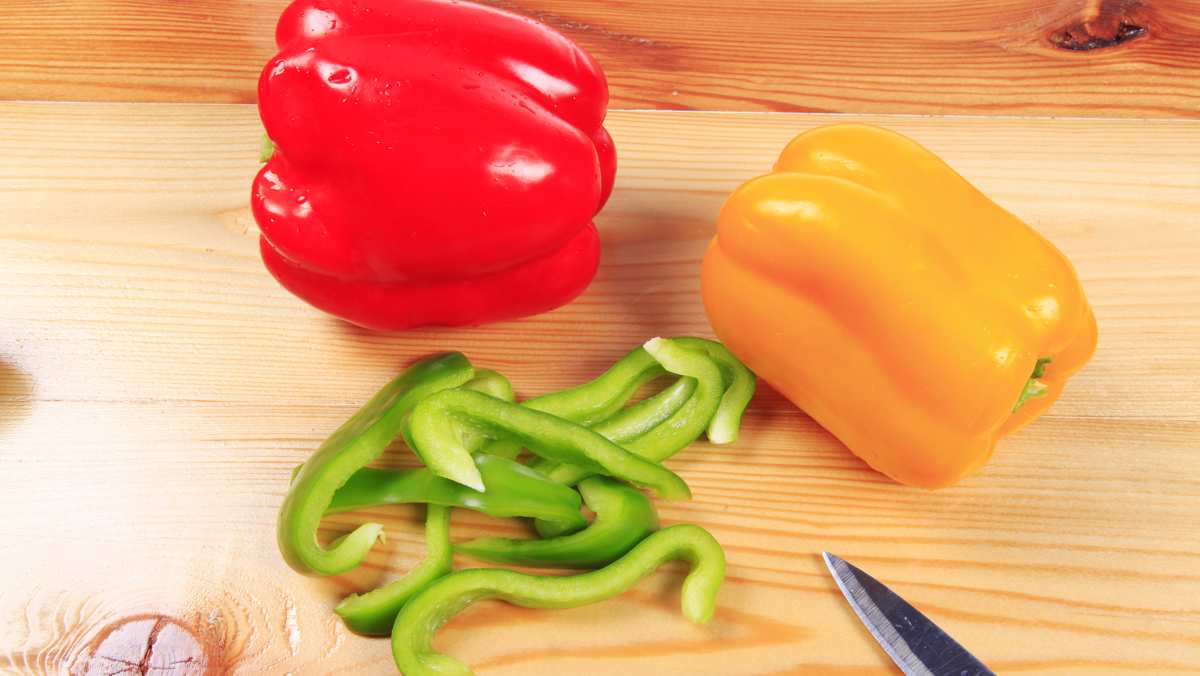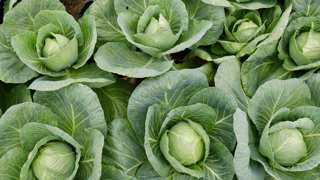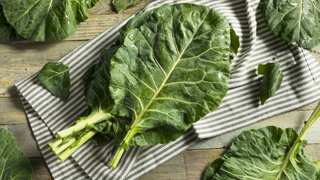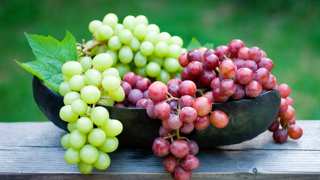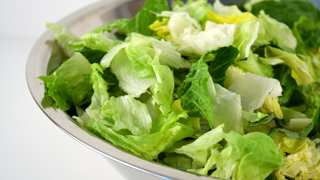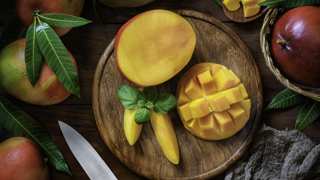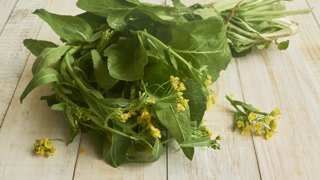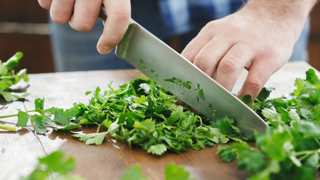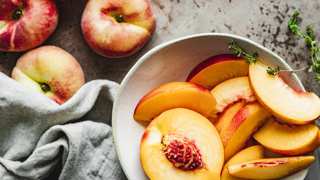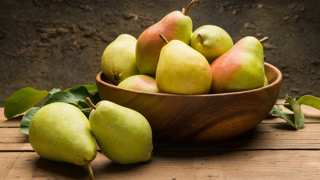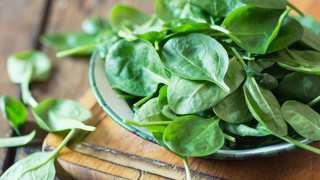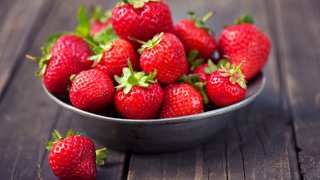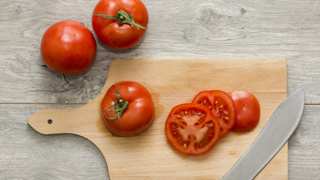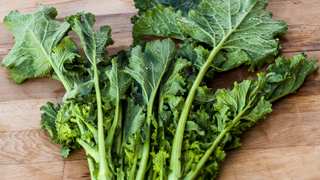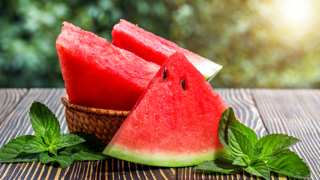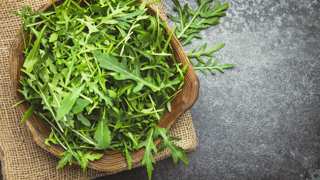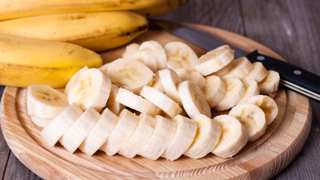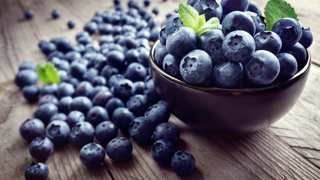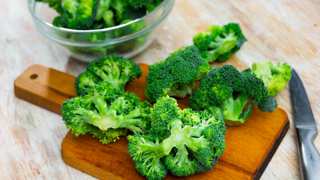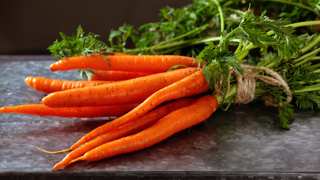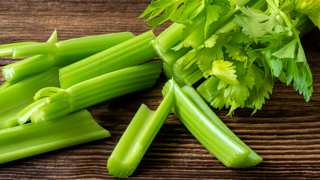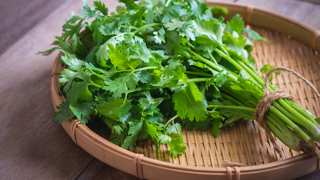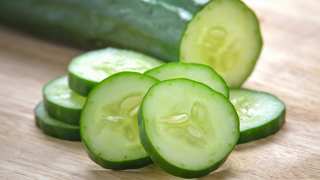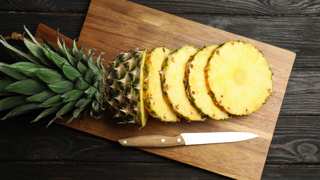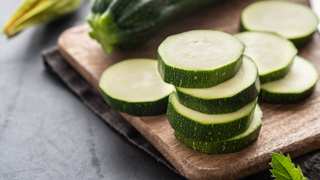Bell Pepper Nutrition
Below is the nutrition profile for green bell peppers. Most bell peppers have the same nutritional information, except red peppers have significantly more vitamin A, but we'll discuss this in more detail.
Green Bell Peppers (raw)Per 100g Serving
Areas of Interest
Below are the main areas of interest with bell peppers.
Vitamin A
Green and yellow bell peppers both have a safe amount of vitamin A (200-370 IU). Red peppers, on the other hand, have a huge amount of vitamin A - 3,131 IU. This should not be a concern unless you're giving your beardie vitamin A supplements containing retinoids.
Most reptile supplements use beta-carotene, which is the natural form of vitamin A found in foods like bell peppers. So if you're using a reptile supplement, the chances are you're fine as any unneeded beta-carotene will be passed in urine unabsorbed.
Supplements for people, on the other hand, commonly use retinoids which is a synthetic vitamin A. Retinoids must be absorbed by the body and cannot be passed in urine. This can lead to vitamin A toxicity if foods high in vitamin A are consumed as it forced the body to absorb a toxic level of vitamin A. If you're using non-reptile supplements containing retinoids (powders, liquids, or sprays) you will want to avoid red bell peppers as they contain too much natural vitamin A.
High Oxalates
Oxalates are chemicals in plants that remove calcium and prevent it from being absorbed. Frequently serving bearded dragons food high in oxalates can remove a significant amount of calcium from their diet. 100g of bell peppers contain over 100mg of oxalates which is considered very high. To reduce the negative effect of oxalates in bell peppers you should limit the portion of pepper you feed to your beardie to 10g of pepper.
Calcium to Phosphorus Ratio
Green and yellow bell peppers contain twice as much phosphorus as calcium, whereas red bell peppers contain 3x more phosphorus than calcium. This is not ideal as phosphorus blocks calcium absorption. A simple trick is to assume each mg of phosphorus will block one mg of calcium from being absorbed. This means you will need to feed your beardie foods rich in calcium alongside bell peppers to make sure they receive enough calcium.

